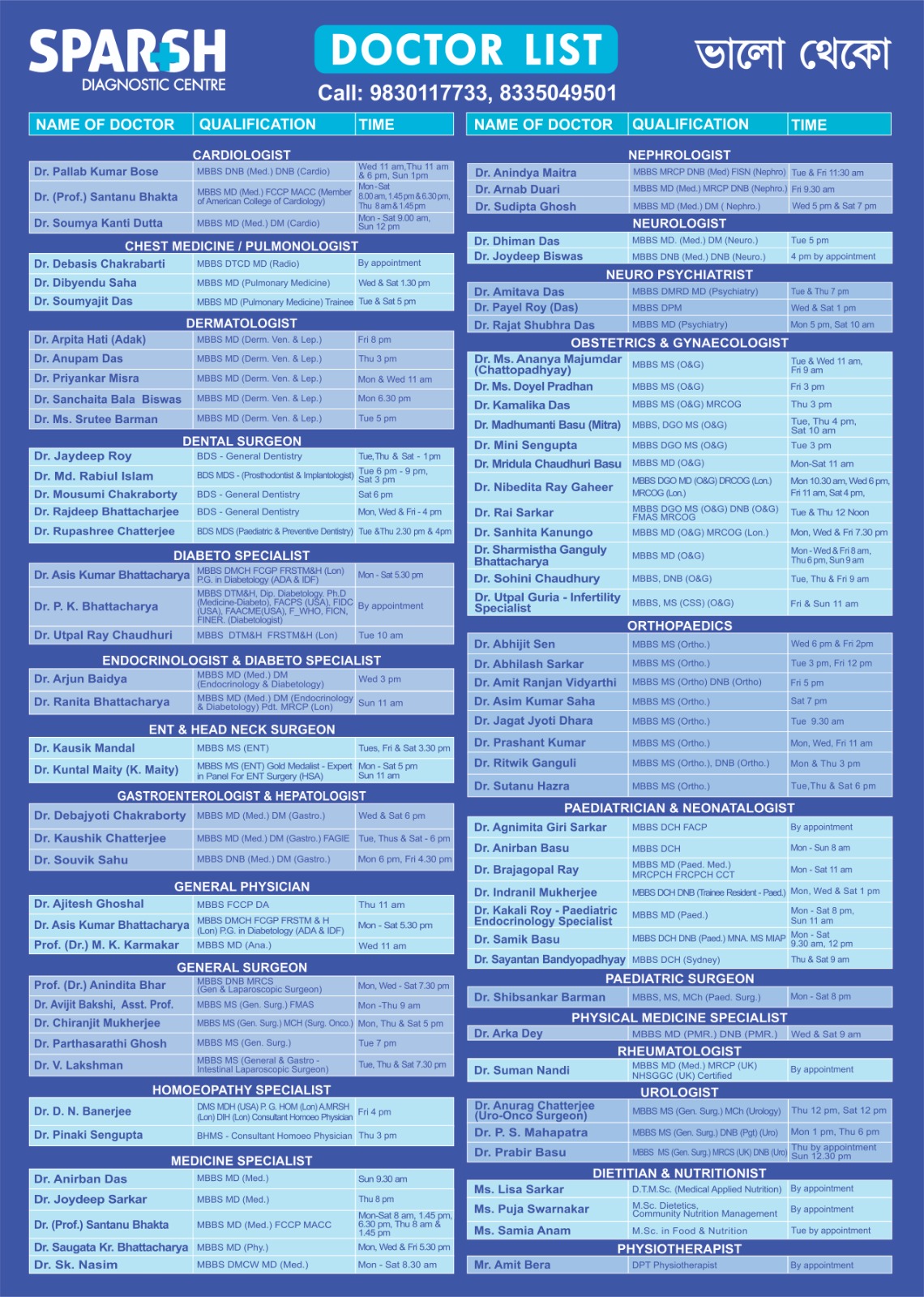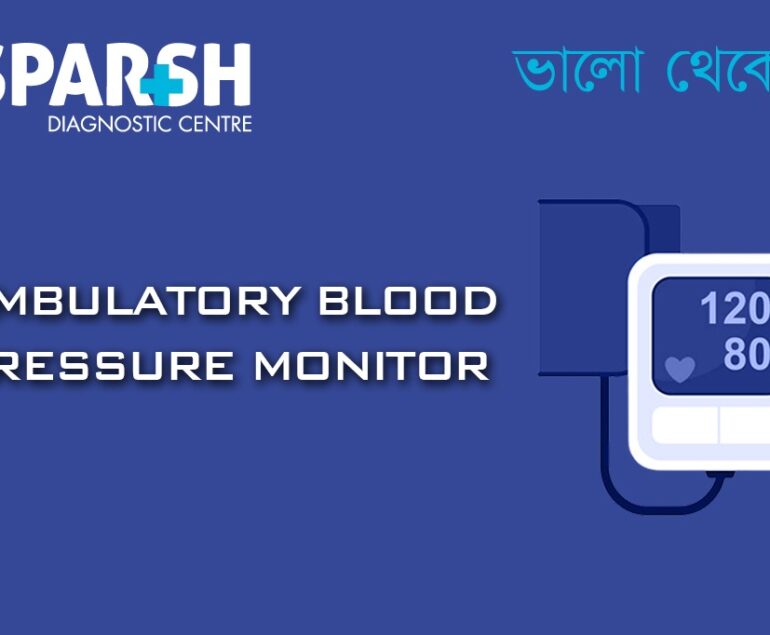Hyponatremia is one of the most common electrolyte imbalances seen in clinical practice. It occurs when the sodium concentration in the blood falls below normal (typically less than 135 mEq/L). Sodium is a crucial electrolyte responsible for maintaining fluid balance, regulating nerve impulses and ensuring proper muscle function. When sodium levels drop significantly, various organs, especially the brain, are affected due to cellular swelling.
Hyponatremia can affect anyone, but it is more commonly seen in the elderly, people with chronic illnesses, athletes, or those who consume excessive amounts of water. Understanding the condition helps in early detection, timely management and prevention of complications.
This comprehensive guide explains the symptoms, causes, diagnosis, risk factors, treatment and preventive measures related to hyponatremia.
What Is Hyponatremia?
Hyponatremia is a condition where the sodium concentration in the blood becomes abnormally low. Since sodium is essential for maintaining fluid balance inside and outside cells, a drop in sodium leads to excess water movement into cells. This causes them to swell, which can be particularly dangerous when it occurs in brain cells.
Common manifestations include headache, nausea, confusion and in severe cases, seizures or coma. The severity of symptoms depends on how quickly and how low sodium levels drop.
Symptoms of Hyponatremia
Symptoms can vary depending on the degree and rapidity of sodium reduction. Mild cases may go unnoticed, while severe cases can become life-threatening.
Muscle Cramps or Weakness
Low sodium disrupts normal muscle contraction, leading to cramps, twitching or unexplained weakness.
Lethargy and Fatigue
Patients often report extreme tiredness and reduced ability to carry out daily activities.
Nausea and Vomiting
A sudden drop in sodium can affect the brain’s control center, leading to nausea and persistent vomiting.
Headache
Brain swelling due to low sodium frequently triggers headaches that may worsen over time.
Confusion or Other Mental Changes
These include irritability, poor concentration, slow thinking, restlessness or disorientation.
Seizures and Loss of Consciousness
Severe hyponatremia may lead to seizures, coma or breathing difficulties, requiring emergency medical intervention.

Types of Hyponatremia
Understanding the category of hyponatremia helps guide correct treatment.
Hypovolemic Hyponatremia
This occurs when both sodium and water are lost from the body, but sodium loss is greater.
Common causes: diarrhea, vomiting, diuretics, burns, excessive sweating.
Euvolemic Hyponatremia
Total body water increases but sodium remains diluted.
Common causes: SIADH, hypothyroidism, adrenal insufficiency, certain medications.
Hypervolemic Hyponatremia
The body retains excessive water, diluting sodium levels.
Common causes: heart failure, kidney failure, liver cirrhosis.
Causes of Hyponatremia
Several factors can lead to a drop in sodium levels.
Excessive Water Intake
Drinking too much water, especially during endurance sports or heatwaves, can dilute sodium levels.
Medical Conditions
Adrenal insufficiency
Medications
Some medicines alter the body’s water regulation:
Diuretics
Antidepressants (SSRIs)
Antipsychotics
Anticonvulsants
Hormonal Imbalance (SIADH)
Syndrome of Inappropriate Antidiuretic Hormone (SIADH) causes excessive water retention, leading to low sodium levels.
Gastrointestinal Loss
Persistent vomiting
Excessive Alcohol Consumption
Alcohol disrupts hormonal mechanisms controlling sodium and water balance.
Heat-Related Illness
High temperatures cause heavy sweating and electrolyte loss.
Risk Factors
You may be at higher risk of developing hyponatremia if you:
Are an older adult
Take diuretics, antidepressants or antipsychotics
Have chronic heart, kidney or liver disease
Consume excessive water during physical activity
Have endocrine disorders
Are hospitalized or critically ill
Have neurological conditions such as stroke or meningitis
Diagnosis of Hyponatremia
Diagnosis involves understanding both sodium levels and the underlying cause.
Blood Tests
Serum sodium concentration
Blood osmolality
Glucose and potassium levels
Urine Tests
Urine sodium concentration
Urine osmolality
These help differentiate whether the hyponatremia is related to fluid loss, fluid overload or hormonal abnormalities.
Imaging (If Needed)
Brain imaging may be conducted if severe symptoms such as seizures or confusion are present.
Treatment of Hyponatremia
The treatment plan depends on the severity, symptoms and underlying cause.
Mild Hyponatremia
Fluid restriction
Salt tablets
Discontinuing offending medications
Treating underlying health issues
Moderate Hyponatremia
Intravenous saline infusion
Loop diuretics
Medications to control ADH effects (especially in SIADH)
Severe or Symptomatic Hyponatremia
This is a medical emergency requiring:
Hypertonic saline (3 percent sodium chloride)
ICU monitoring
Controlled and gradual correction of sodium levels
Seizure management where required
Rapid correction can lead to Osmotic Demyelination Syndrome (ODS), a serious neurological complication. Therefore, sodium levels must be increased slowly and carefully.
Complications of Untreated Hyponatremia
If hyponatremia is not treated promptly, it may lead to:
Brain swelling
Permanent neurological damage
Coma
Death (in extreme cases)
Prevention of Hyponatremia
Maintain Proper Hydration
Drink according to thirst. Avoid excessive water intake unless medically prescribed.
Use Electrolytes When Needed
Consume electrolyte solutions during long workouts, fever or hot weather.
Monitor Medications
If taking diuretics or antidepressants, get routine blood tests to check electrolyte balance.
Manage Underlying Diseases
Heart, kidney, thyroid and liver disorders should be controlled to prevent fluid imbalance.
Avoid Excess Alcohol
Limit alcohol intake to avoid interference with sodium regulation.
Follow Medical Advice
Strictly follow recommendations regarding fluid intake, especially in conditions like SIADH.
When to Seek Medical Help
Consult a doctor immediately if you experience:
Severe or persistent headache
Nausea and vomiting
Confusion or abnormal behavior
Seizures
Difficulty breathing
Extreme fatigue
Hyponatremia can worsen rapidly. Early diagnosis and treatment are essential.
FAQs About Hyponatremia
What sodium level indicates hyponatremia?
A serum sodium level below 135 mEq/L is considered hyponatremia.
Can excessive water intake cause hyponatremia?
Yes. Drinking too much water can dilute sodium levels, especially during sports or endurance activities.
Is it reversible?
Most cases are fully reversible with appropriate treatment.
Who is most at risk?
Older adults, athletes, patients on diuretics, and people with chronic heart, liver or kidney disease.
What is the most common cause?
SIADH and medication-induced sodium imbalance are among the most frequent causes.
Can it be dangerous?
Yes. Severe cases can cause seizures, coma or even death.
Does hyponatremia always require hospitalization?
Mild cases may be managed at home with medical guidance, but moderate to severe cases require hospital care.
Hyponatremia is a potentially serious condition that requires timely medical attention. Early identification of symptoms such as headache, nausea, confusion or muscle weakness can prevent life-threatening complications. Proper hydration habits, regular medical check-ups and managing underlying health conditions can significantly reduce the risk of developing low sodium levels.
Understanding hyponatremia helps patients, families and caregivers take proactive steps toward better health. If you suspect sodium imbalance in yourself or a loved one, consult a healthcare professional promptly.
#BhaloTheko
Disclaimer:
No content on this site, regardless of date, should ever be used as a substitute for direct medical advice from your doctor or other qualified clinician.

Sparsh Diagnostic Centre Doctor List
![]()






[…] disease, a lack of aldosterone leads to low sodium levels and high potassium levels, known as hyponatremia and hyperkalemia, respectively. This electrolyte imbalance can cause the digestive system to […]
[…] Imbalances, particularly high potassium (hyperkalemia) and low sodium (hyponatremia), are […]
[…] can show elevated white blood cell counts, low sodium (hyponatremia), and abnormal liver or kidney […]